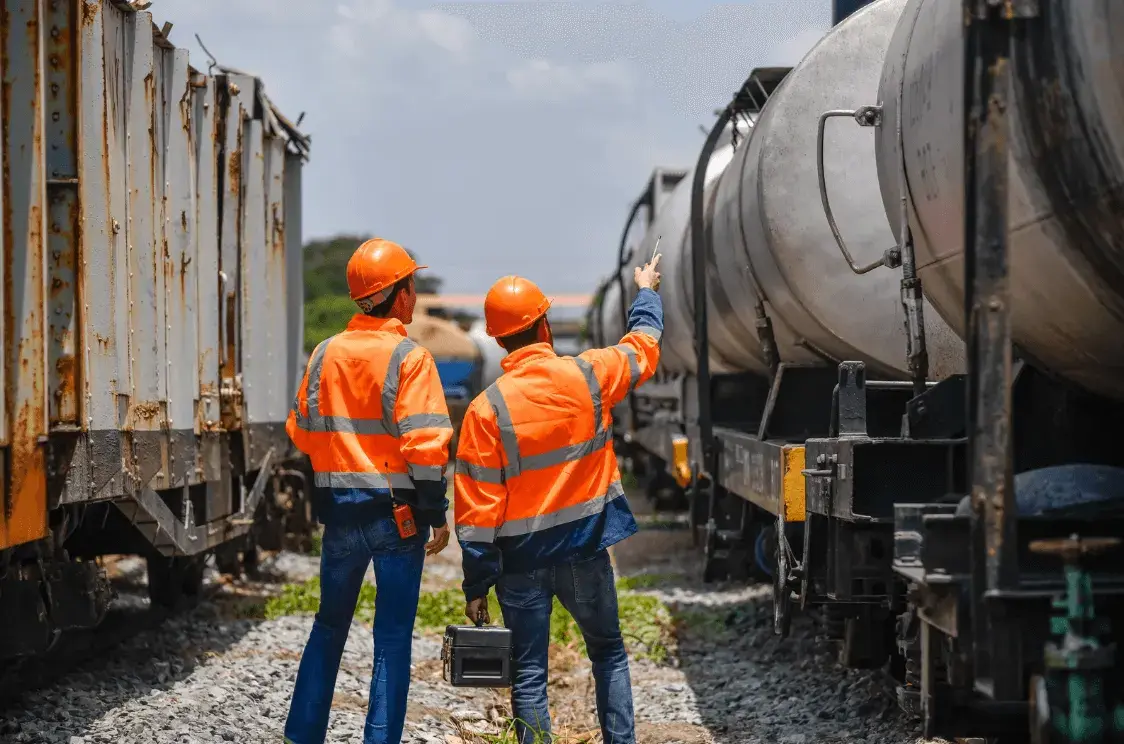Witness Interviews

Our fifth segment for the series is in relation to Witness Interviewing – a key part of data collection during an incident investigation.
Interviews with operator/s directly involved in the incident as well as others that can provide key information such as eye witnesses, first respondents, emergency response personnel, supervisors, subject matter experts etc. can be important in understanding the context and specifics of an incident.
It’s important to note that some witnesses may be emotional and distressed, particularly with significant incidents that involved traumatic events. Remember that the witness’s well-being should always come first. Always check if the witness feels they are able to talk and be alert for any cues during the interview where you should stop and check on the witness. If need be, stop or re-schedule the interview if they are getting extremely upset or angry.
Try to put the person at ease and develop rapport rather than diving straight into questions. Before starting the interview, make it very clear that the purpose of the session is to determine why the incident happened with the aim of preventing future similar incidents.
Typical Witnesses
Prepare a list of witnesses and other individuals to be interviewed. Typical personnel who may be interviewed in association with an incident investigation include:
- Personnel directly involved in the incident itself.
- Supervisory personnel.
- Any other personnel who were at the scene when the incident occurred.
- Management
- First respondents including those who arrived soon after the incident to render first aid etc., emergency services
- Safety / human resources personnel
- Subject matter experts in the operation / plant / material involved.
Structure of Witness Interviews
A simple structure to think about in relation to interviews during incident investigations is the Who? What? Where? When? How? Why? Approach.
- Who questions identify all parties / entities involved.
- What questions identify pertinent actions, events, and physical objects
- Where questions locate participants, witnesses, and key objects involved in the incident.
- When questions determine the time of the incident and establish relationships between pairs of activities or events.
- How questions provide information on the interaction and relationships among participants, equipment, and the events leading up to, during, and after the incident.
- Why questions can determine unsafe acts or hazardous conditions.
Hierarchy of Questioning Technique
The Hierarchy of Questioning technique for Witness Interviews taught in our ICAM courses optimises the information obtained from witnesses and includes different types of questioning and techniques, including:
- Free Recall
- Open Ended Questions
- Active Listening
- Paraphrasing
- Closed Questions
- Leading Questions (with caution)
Common Challenges
Some of the common challenges we often find our clients have in relation to witness interviewing include:
- Commencing interviews too early with limited knowledge about the incident and insufficient background information about what should have happened to compare information with what actually happened.
- Failing to develop any rapport with the interviewee prior to the questioning.
- Racing into questions without fully explaining the reason for the interview (ensuring they are aware that the purpose is about prevention of recurrence).
- Failing to plan and have a structured approach about the type of information being sought.
- Not re-familiarising themselves with the Hierarchy of Questioning.
- Becoming so fixated on completing interviews, that cues that witnesses are distressed are not detected.
Best Practice Tips
- Obtain a briefing on what is known about the incident so far and schedule interviews as soon as possible after the initial site inspection.
- Explain and highlight the reason for the investigation (to determine what happened and why) to try and reach the goal of prevention of recurrence. Make sure that the witness is aware that the purpose of Incident Cause Analysis Method (ICAM) investigations is not to assign blame.
- Take the time to develop rapport with the witness and ensure they feel comfortable about talking and can take a break if they need. Do not treat an interview like an interrogation!
- Interview the witness alone - not in a group, where they may feel intimidated or unsure about speaking up in front of others.
- Interview the witness as soon as possible after the incident, before there is too much opportunity for contamination or possible collaboration.
- Prepare prior to the interview and think about the structure of the Who? What? Where? When? How? Why? Approach. Have a plan, but not a script.
- Use the Hierarchy of Questioning and ensure that all information is obtained in relation to the lead up to the incident, the incident itself and post-incident recovery.
- Be aware of how a task should have been conducted so you can compare what was done during the incident with what should have actually happened.
- Remember to let the witness talk and to listen to them. You don’t yet know what they know about the entire incident, so listen carefully and follow where the witness takes you.
- Ask the witness at the end of the interview what they think happened and what they think can be done to prevent a repeat. This can elicit some valuable ideas and also helps personnel feel part of the solution.
- Thank the witness for their time and encourage them to contact you if other pertinent information comes to mind after the interview.
- Immediately after the interview, review the individual’s statement and answers and note your impressions and judgments to weigh up information if several different versions have been offered by different witnesses.
- Bear in mind that there are many limitations in relation to witness information and it should be considered information, not evidence. Try to validate any witness information with hard data.
-Jun-30-2022-04-29-07-24-AM.png?width=1104&name=Untitled%20design%20(2)-Jun-30-2022-04-29-07-24-AM.png)
From the blog
For more relevant articles, see below



